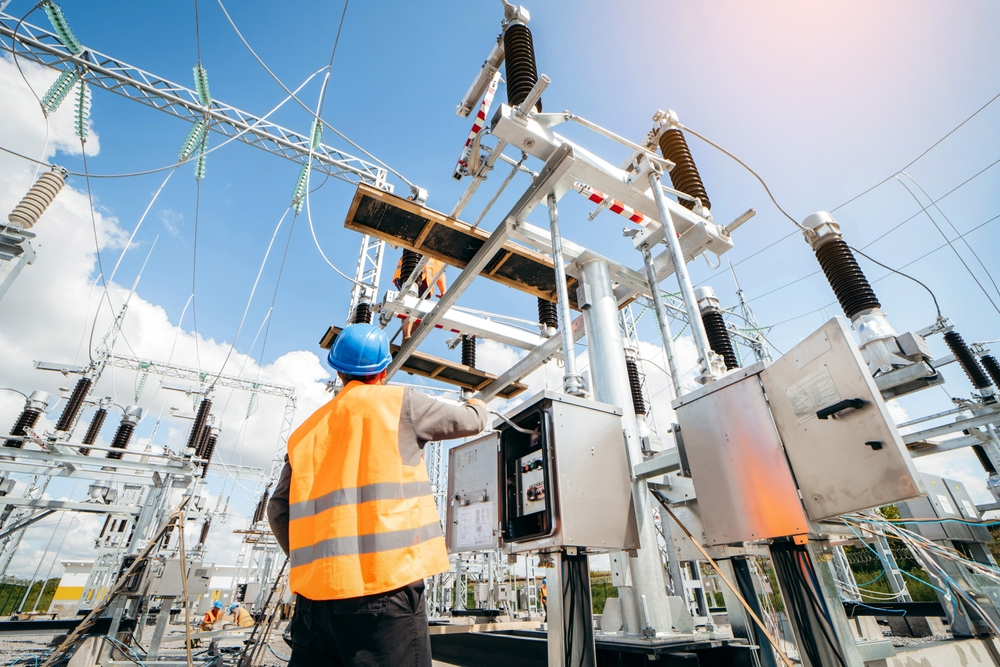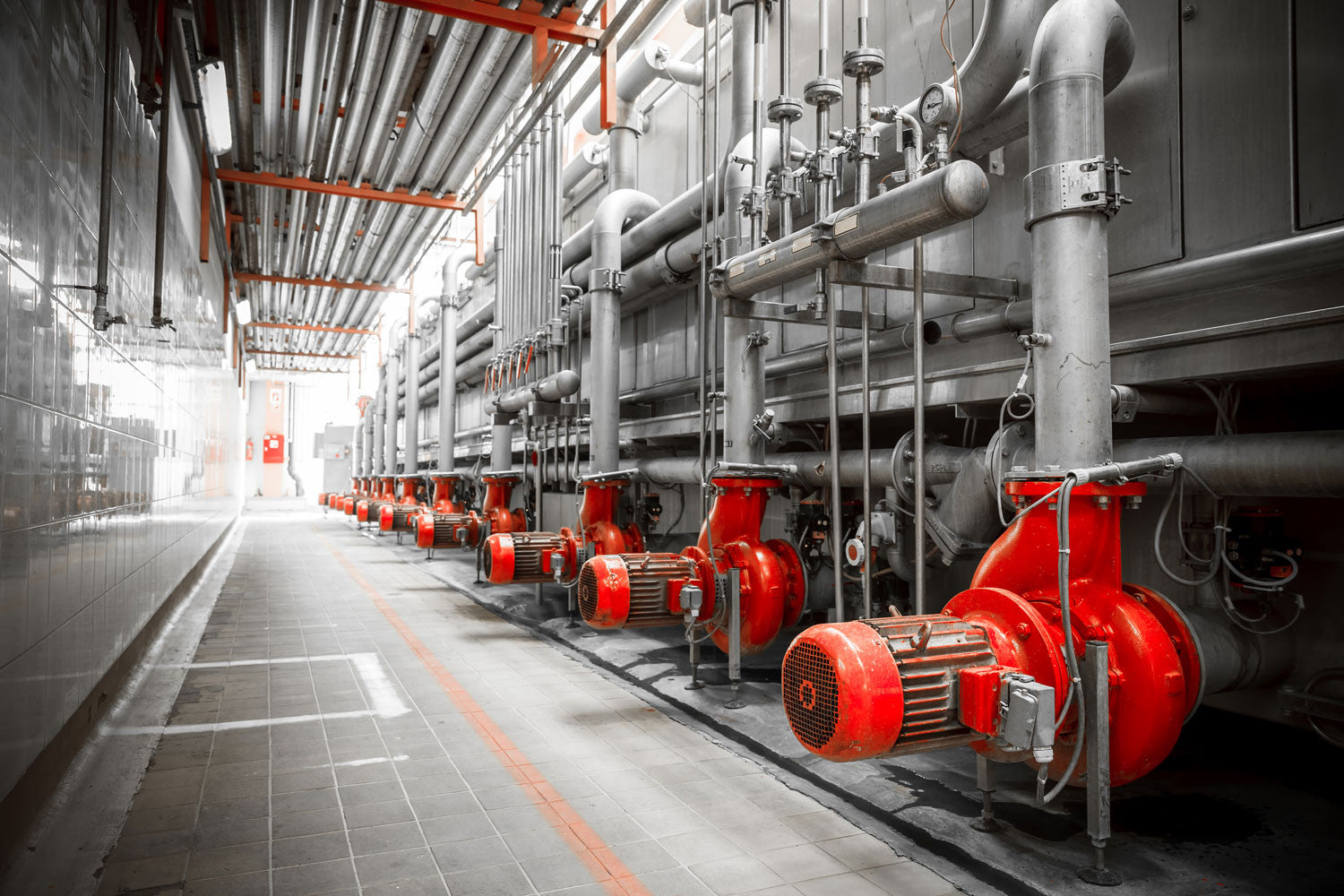Getting The Roar Solutions To Work
Getting The Roar Solutions To Work
Blog Article
The Definitive Guide to Roar Solutions
Table of ContentsRoar Solutions Fundamentals ExplainedSome Known Details About Roar Solutions Excitement About Roar Solutions
In such an ambience a fire or surge is feasible when three standard conditions are satisfied. This is usually referred to as the "hazardous location" or "burning" triangle. In order to secure setups from a possible surge an approach of analysing and categorizing a possibly harmful area is called for. The purpose of this is to ensure the correct choice and installation of equipment to inevitably stop a surge and to ensure security of life.
(https://sandbox.zenodo.org/records/174151)
No tools ought to be set up where the surface temperature level of the equipment is higher than the ignition temperature level of the provided threat. Below are some typical dust harmful and their minimum ignition temperature. Coal Dirt 380C 225C Polythene 420C (melts) Methyl Cellulose 420C 320C Starch 460C 435C Flour 490C 340C Sugar 490C 460C Grain Dust 510C 300C Phenolic Resin 530C > 450C Aluminium 590C > 450C PVC 700C > 450C Residue 810C 570C The possibility of the risk being present in a focus high enough to create an ignition will vary from place to area.
In order to categorize this risk an installment is split right into locations of threat relying on the quantity of time the dangerous exists. These areas are described as Areas. For gases and vapours and dusts and fibers there are three zones. Area 0 Zone 20 A hazardous ambience is very most likely to be existing and may exist for extended periods of time (> 1000 hours annually) and even constantly Area 1 Area 21 An unsafe environment is possible but unlikely to be present for extended periods of time (> 10 450 C [842 F] A classification of T6 indicates the minimum ignition temperature is > 85 C [185 F] Dangerous location electric tools perhaps created for use in higher ambient temperatures. This would showed on the rating plate e.g. EExe II C T3 Ta + 60C( This implies at 60C ambient T3 will not be exceeded) T1 T1, T2, T3, T4, T5, T6 T2 T2, T3, T4, T5, T6 T3 T3, T4, T5, T6 T4 T4, T5, T6 T5 T5, T6 T6 T6 A T Class rating of T1 suggests the maximum surface area temperature generated by the tool at 40 C is 450 C. Thinking the linked T Course and Temperature level rating for the devices are ideal for the area, you can constantly make use of a tool with an extra stringent Department rating than needed for the location. There isn't a clear solution to this question sadly. It truly does depend upon the sort of devices and what fixings need to be accomplished. Equipment with specific examination treatments that can not be done in the area in order to achieve/maintain 3rd party score. Must come back to the manufacturing facility if it is before the equipment's solution. Field Repair Service By Authorised Employee: Challenging testing might not be required however certain treatments might require to be followed in order for the equipment to keep its 3rd party rating. Authorized workers have to be employed to perform the work correctly Fixing must be a like for like replacement. New element need to be considered as a direct replacement requiring no unique testing of the equipment after the repair is complete. Each item of devices with a dangerous ranking ought to be reviewed individually. These are described at a high level below, however, for more comprehensive information, please refer straight to the standards.
Getting My Roar Solutions To Work
The devices register is a detailed database of tools documents that includes a minimum collection of fields to identify each thing's place, technological specifications, Ex lover category, age, and environmental information. This details is crucial for monitoring and managing the tools properly within hazardous locations. On the other hand, for periodic or RBI tasting examinations, the grade will certainly be a mix of In-depth and Close examinations. The ratio of Thorough to Close evaluations will certainly be identified by the Devices Danger, which is examined based upon ignition danger (the probability of a source of ignition versus the likelihood of a combustible atmosphere )and the dangerous location classification
( Area 0, 1, or 2). This variant will additionally influence the resourcing demands for work preparation. As soon as Whole lots are specified, you can create sampling strategies based on the sample size of each Whole lot, which describes the number of arbitrary equipment things to be examined. To figure out the called for example dimension, two elements need to be examined: the dimension of the Lot and the category of assessment, which suggests the degree of initiative that need to be applied( minimized, typical, or boosted )to the inspection of the Whole lot. By integrating the classification of assessment with the Great deal dimension, you can after that develop the appropriate rejection criteria for a sample, implying the allowable number of defective items found within that example. For even more information on this procedure, please describe the Energy Institute Standards. The IEC 60079 common recommends that the maximum interval between examinations must not surpass 3 years. EEHA evaluations will likewise be conducted outside of RBI projects as part of set up upkeep and devices overhauls or repair services. These evaluations can be attributed towards the RBI sample sizes within the influenced Great deals. EEHA examinations are conducted to determine mistakes in electric devices. A heavy scoring system is important, as a single tool may have multiple mistakes, each with varying levels of ignition threat. If the consolidated score of both evaluations is less than two times the mistake rating, the Lot is regarded appropriate. If the Lot is still taken into consideration undesirable, it has to undergo a complete evaluation or reason, which might trigger stricter evaluation methods. Accepted Whole lot: The reasons of any type of mistakes are identified. If a common failing setting is discovered, additional devices might call for inspection and repair work. Faults are identified by severity( Security, Stability, Housekeeping ), making certain that immediate problems are examined and addressed immediately to reduce any type of influence on safety or procedures. The EEHA database ought to track and record the lifecycle of faults along with the corrective actions taken. Carrying out a robust Risk-Based Assessment( RBI )method is important for guaranteeing conformity and safety and security in managing Electric Tools in Hazardous Areas( EEHA) (electrical refresher course). Automated Fault Scoring and Lifecycle Monitoring: Effortlessly handle mistakes and track their lifecycle to enhance assessment accuracy. The introduction of this assistance for risk-based inspection additionally enhances Inspectivity's setting as a best-in-class option for regulative compliance, as well as for any asset-centric assessment use instance. If you have an interest in learning extra, we welcome you to request a demo and discover exactly how our service can transform your EEHA management procedures.
The Best Strategy To Use For Roar Solutions

In regards to eruptive risk, a dangerous area is a setting in which an explosive ambience is existing (or might be expected to be existing) in amounts that call for special safety measures for the building and construction, setup and use tools. eeha certificate. In this short article we explore the challenges faced in the work environment, the threat control procedures, and the required expertises to work securely
These compounds can, in specific problems, form explosive atmospheres and these can have major and unfortunate repercussions. Many of us are acquainted with the fire triangular remove any type of one of the three components and the fire can not occur, however what does this mean in the context of harmful locations?
In many instances, we can do little regarding the levels of oxygen airborne, but we can have considerable impact on sources of ignition, for instance electrical devices. Harmful he said locations are documented on the dangerous area category illustration and are identified on-site by the triangular "EX" sign. Right here, among other crucial info, areas are split into 3 types depending on the risk, the likelihood and duration that an eruptive ambience will exist; Zone 0 or 20 is deemed one of the most harmful and Area 2 or 22 is considered the least.
Report this page